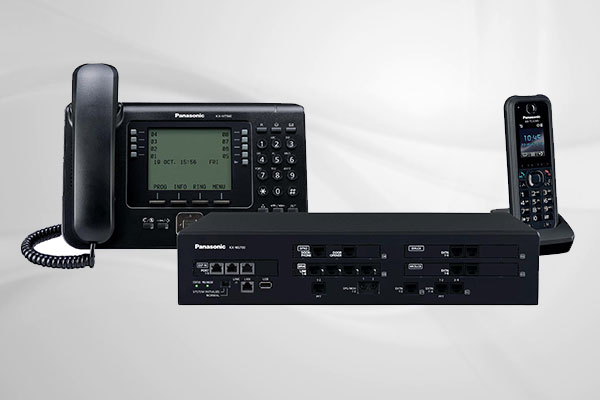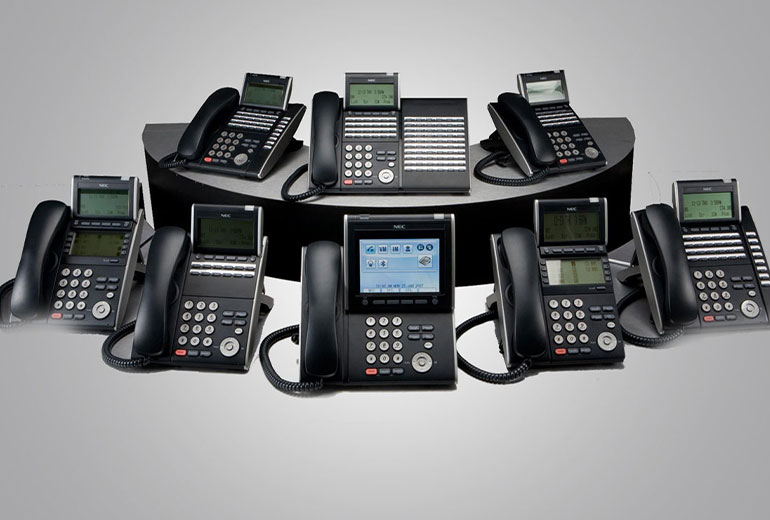
An EPABX (Electronic Private Automatic Branch Exchange) is a communication system commonly used in businesses, organizations, and institutions to manage internal and external telephone calls. It serves as a private telephone network within an organization, allowing for efficient and effective communication among employees and external parties. Here is some information about EPABX systems:
- Call Routing: EPABX systems automatically route incoming calls to the desired extension or department within the organization.
- Call Transfer and Forwarding: Calls can be transferred or forwarded to different extensions, allowing for seamless communication and collaboration.
- Call Queuing: EPABX systems can queue incoming calls during busy periods, ensuring callers are attended to in an orderly manner.
- Voice Messaging: EPABX systems often include voicemail features, allowing callers to leave messages when the intended recipient is unavailable.
- Call Conferencing: Multiple parties can participate in a single call, enabling conference calls and facilitating remote collaboration.
- Call Recording: Some EPABX systems offer call recording functionality, which can be useful for training, quality assurance, or legal purposes.
2. Components of an EPABX System:
- Central Control Unit: The central control unit is the heart of the EPABX system. It manages call routing, call processing, and other system functions.
- Trunk Lines: Trunk lines are the external telephone lines connected to the EPABX system, allowing for communication with the outside world.
- Extensions: Extensions are internal lines assigned to individual users or departments within the organization. They enable internal communication and facilitate call routing.
- Handsets and Desk Phones: These are the devices used by employees to make and receive calls. They can be wired or wireless, and may

- include additional features like caller ID display and call control buttons.
- Console or Operator Panel: In larger organizations, an operator panel may be used to manage incoming and outgoing calls, monitor extensions, and handle call routing and transfers.
- Optional Features: EPABX systems can include additional features such as interactive voice response (IVR) systems, call analytics, call reporting, and integration with other communication channels (e.g., email, messaging).
3. Benefits of EPABX Systems:
- Improved Internal Communication: EPABX systems streamline internal communication, enabling quick and efficient connections between employees, departments, and locations.
- Enhanced External Communication: These systems provide professional call handling features, such as call routing and call queuing, to ensure callers receive prompt and appropriate assistance.
- Cost Savings: EPABX systems can help reduce telecommunication costs by utilizing features like call forwarding and conferencing, eliminating the need for separate lines or services.
- Scalability: EPABX systems are scalable, allowing organizations to easily add or remove extensions as their communication needs change.
- Centralized Control: With an EPABX system, administrators have centralized control over call management, extensions, and system settings, simplifying system administration and maintenance.
It’s important to select an EPABX system that meets the specific needs of your organization, taking into account factors such as the number of users, expected call volume, desired features, and future growth plans. Additionally, regular maintenance and updates should be performed to ensure optimal performance and reliability of the EPABX system.
